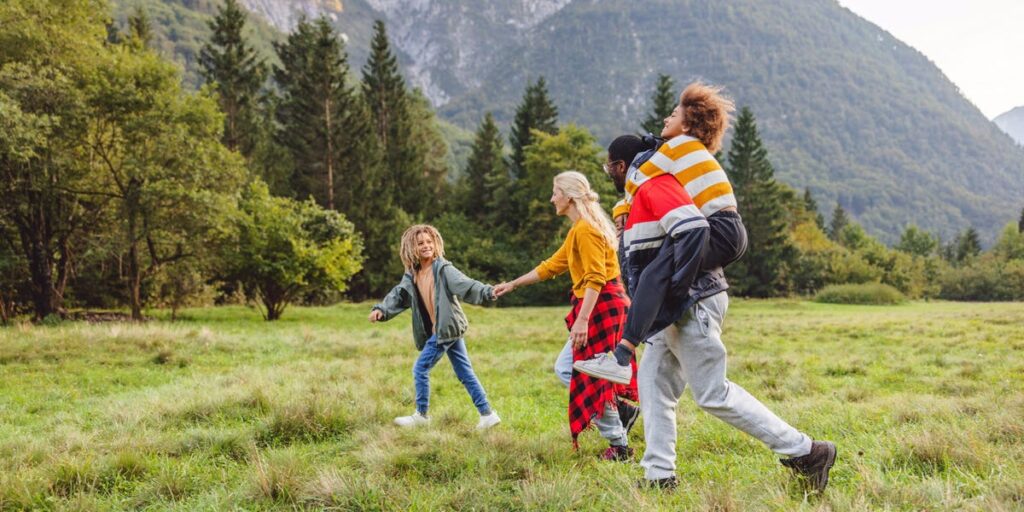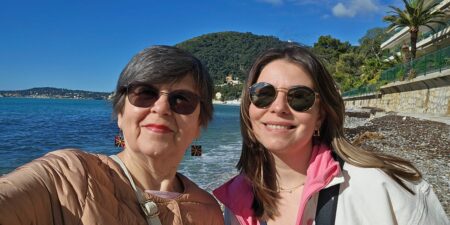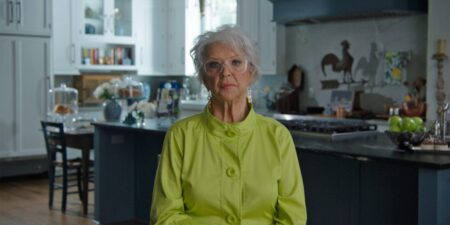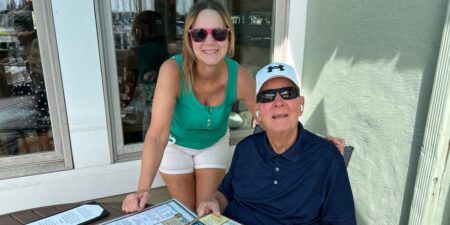Almost eight years ago, in the fall of 2017, my wife and I packed up our lives and moved to Nelson, British Columbia. You’ve likely never heard of this hidden gem. It’s a quirky, secluded mountain town nestled deep in the West Kootenays in central British Columbia.
After years of living in big cities, we were craving something different. We wanted our kids (at the time, we had a 2-year-old and a newborn) to grow up with space to roam, clean air to breathe, and a strong sense of community. We dreamed of a slower pace, afternoon bike rides to the lake, and winters spent skiing instead of commuting.
And in many ways, that dream came true. But what we didn’t fully grasp was what we’d be giving up, which was the consistent presence of grandparents and the reliable network of support that only close family can provide. We underestimated the emotional weight of raising kids without our parents nearby and how much they would miss being part of our children’s daily lives.
The lifestyle trade-off felt worth it at first
Moving to Nelson from a major city was a major lifestyle upgrade. The lake views are stunning, there are hiking trails minutes from our front door, and we have a tight-knit, creative community that rallies around its kids. Our children have the kind of freedom I was fortunate enough to have as a suburban kid, such as riding bikes to school, building forts in the woods, and learning to ski on weekends.
Not to mention, we’re more active, more present, and more connected to nature than we ever were in the city. We’ve cultivated a sense of spaciousness and calmness in our days that’s hard to describe until you’ve lived it.
However, the decision to move here wasn’t made lightly. We considered the lengthy drive to see family, the lack of direct flights, and the fact that winter travel in the mountains can be perilous at the best of times.
But we told ourselves we’d visit often. We assumed the bond between our kids and their grandparents would remain strong, even with the miles between us.
The absence of family ran deeper than we expected
Long-distance grandparenting is hard for everyone involved, including my partner and me. We miss the impromptu dinners, the free babysitting, the help when one of the kids is sick, and we both have pressing deadlines. But more than anything, we miss the presence of people who love our children as much as we do. That kind of love is irreplaceable.
It’s been especially hard to watch my parents age from a distance. With each visit, I feel the dull ache of time slipping by. I notice subtle changes, like slower movement and more forgetfulness. I think about all the ordinary moments our kids don’t get to share with them: baking cookies, reading books, getting picked up from school “just because.”
My parents try. They video chat, they send cards in the mail, and they make the seven-hour drive a few times a year. But it’s not the same as watching your grandkids grow up in real time.
We’ve had to get creative to stay connected
To help bridge the gap, we’ve established some rituals, like Saturday morning FaceTime calls, monthly mail swaps (our kids love sending their drawings), and using those digital photo frames that you can upload photos to from an app. Now that our kids are 8 and 10, we can meet our parents halfway between our homes and have them take the kids for a week or two without my partner and me being there. It’s times like these that their bond truly flourishes.
These rituals help. But some days, it doesn’t feel like enough. I often wonder if we made the right decision moving far away. Did we choose adventure at the expense of closeness? Are we giving our kids a magical childhood, or robbing them of deeper relationships? Maybe the answer is both.
What I do know is that we made this move out of love. We wanted to raise our kids in a place that reflects our values of community, nature, and togetherness. But I’ve learned that “togetherness” isn’t just about where you live. It’s about who you let in and how you find ways to show up for each other, no matter how far apart you live.
Read the full article here
















